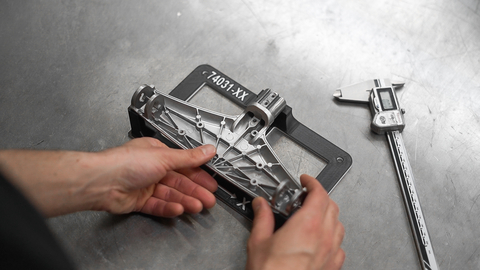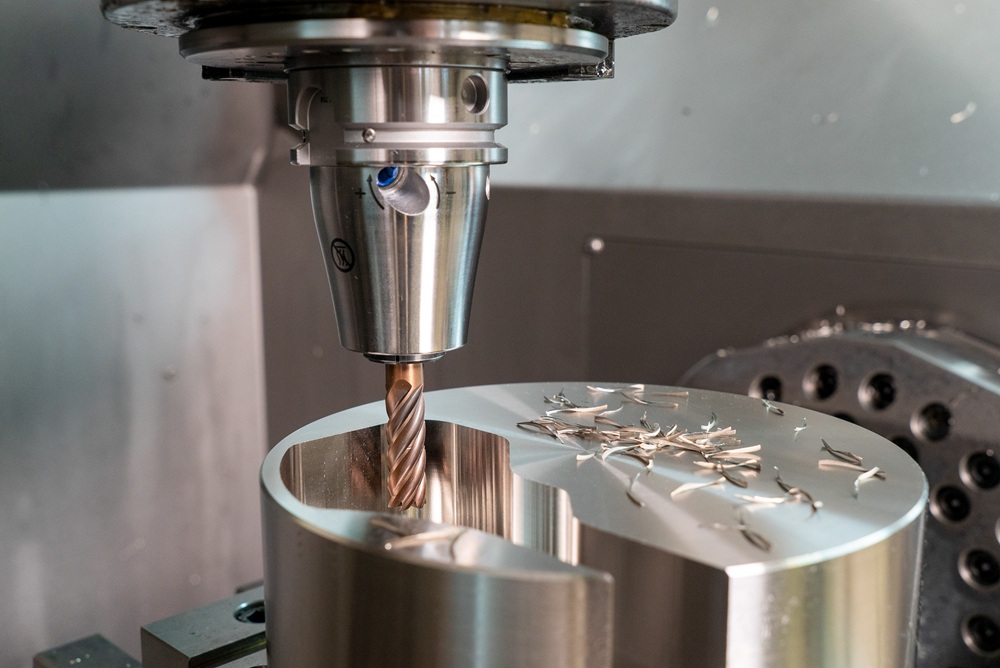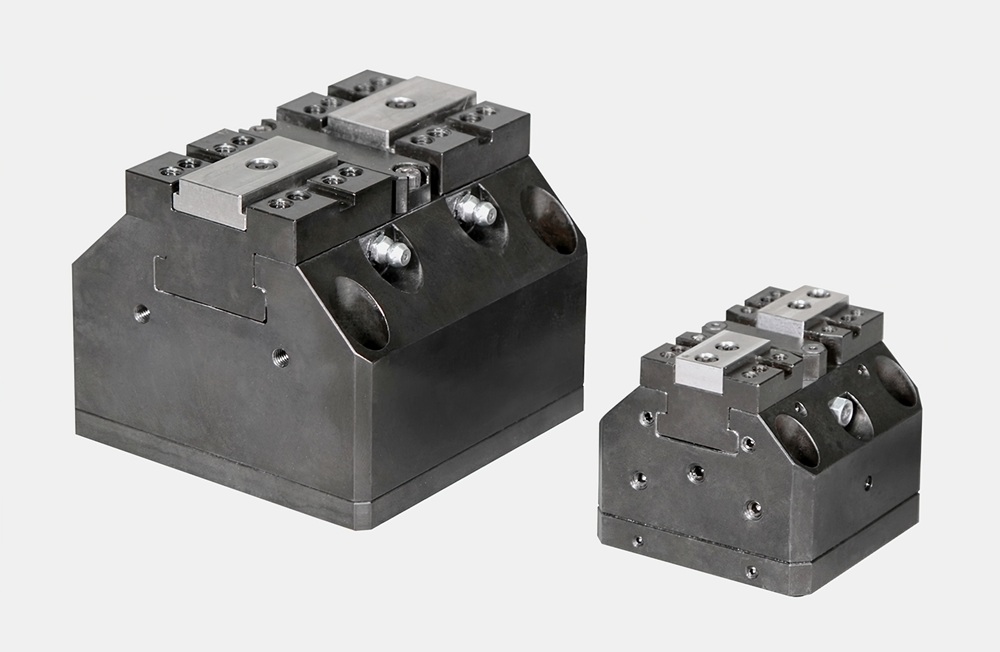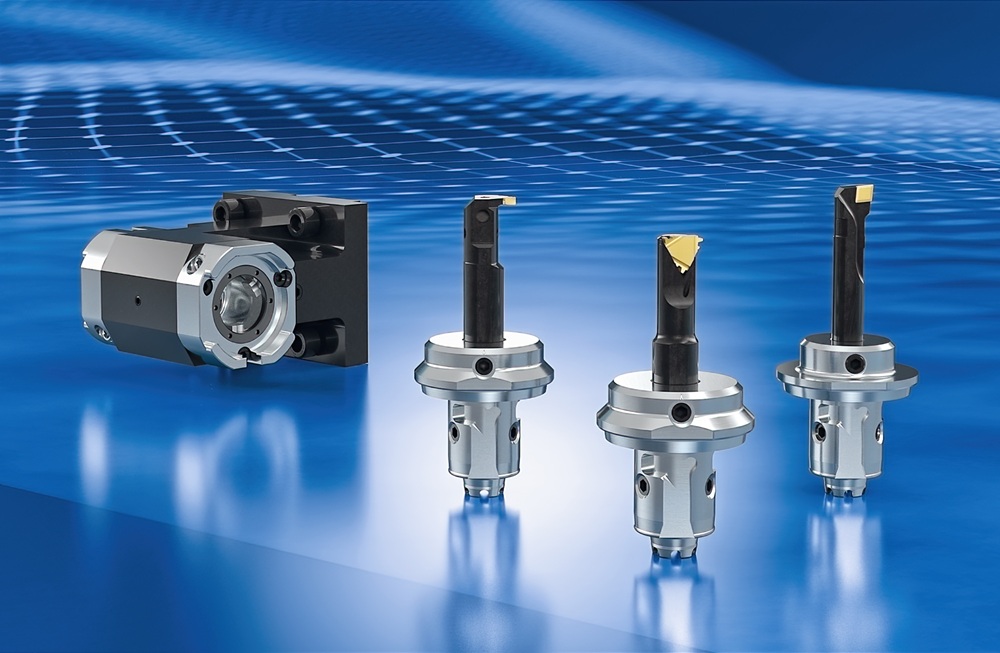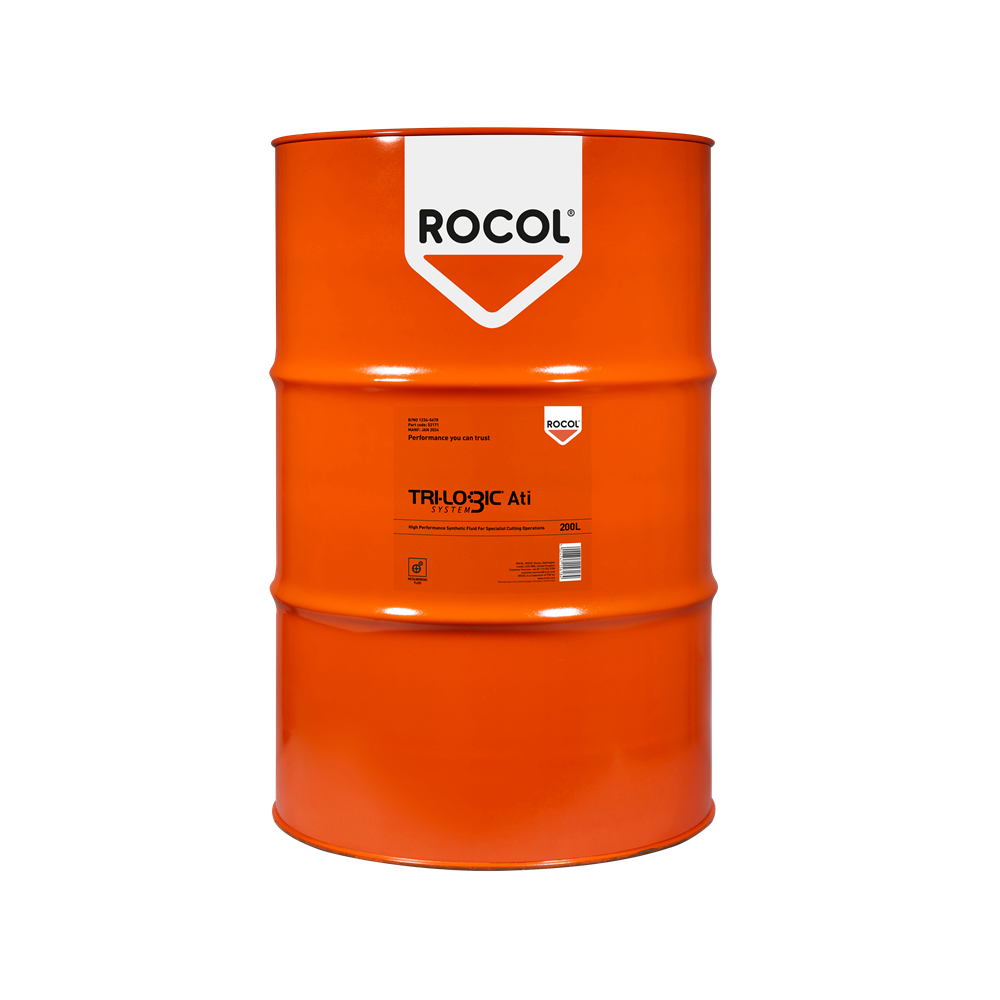Additive manufacturing machine specialist Stratasys has signed a memorandum of understanding to partner with German-based software company Trinckle 3D. The agreement will integrate Trinkle’s Fixturemate software into Stratasys’ GrabCAD Print Pro software package. With Stratasys and Trinckle’s software technology, users can produce a precision metrology inspection fixture that securely positions parts for accurate measurement. The 3D-printed design eliminates costly machining while maintaining tight tolerances.
This integration will complete Stratasys’ tooling workflow. It allows for simplified fixture design by non-CAD designers and broadens the range of users who can benefit: the addition of Fixturemate enables manufacturers without CAD expertise to design and configure custom 3D-printed fixtures within Stratasys’ GrabCAD Print Pro.
“Eliminating the need for specialist CAD skills gives customers flexibility with their manufacturing workforce when it comes to the development of complex fixtures and tooling,” explains Victor Gerdes, vice president of software at Stratasys. “This new offering is targeted at delivering significant savings in time and workforce development, while allowing customers to use our solutions for both print preparation as well as critical design tasks for manufacturing.”
Using intelligent automation, Fixturemate software automates the design of custom fixtures, permitting manufacturers to create secure, precise holding solutions in minutes.
“We’re removing one of the biggest barriers in additive manufacturing: the need for specialist CAD skills and the costs associated with the manual design process,” says Florian Reichle, CEO and co-founder of Trinckle 3D. “By integrating Fixturemate with Stratasys’ GrabCAD Print Pro, we’re making it easier than ever for manufacturers to create bespoke, production-ready fixtures that eliminate bottlenecks, accelerate workflows and maximise the value of additive manufacturing.”
More information www.stratasys.com






